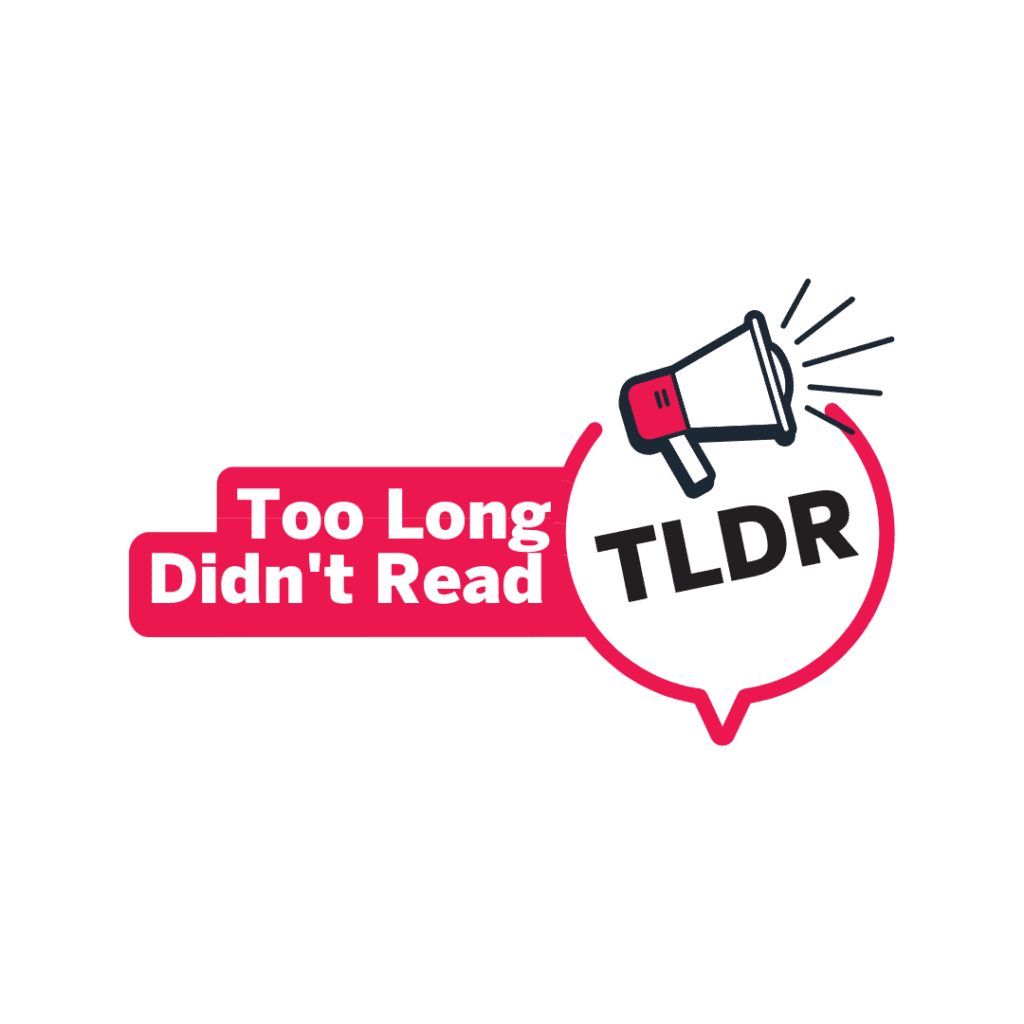
View the summary of this research here.

Project summary
Today’s managers face unprecedented governance, economic/marketing, and technological realities affecting their processes and performance, aspects we understand poorly. Managers are under increased scrutiny from stakeholders regarding their credibility to govern themselves effectively, to demonstrate appropriate ethical leadership standards, and to maintain the trust of their members and stakeholders. How these organizations respond to these governance challenges will impact their organizations, sports, individuals, and society.
However, national sport organizations’ (NSOs’) human, financial and material capacity often limit managers’ abilities to meet their objectives. Economic constraints have also forced NSOs to be more business oriented. As a significant portion of Canadian NSOs’ funding stems from public sources, their ability to stretch taxpayers’ dollars is critical to maximize benefits for all Canadians, from grassroots to high performance sport.
As such, the study’s purpose was to understand the interrelationships between governance, brand, and social media in Canadian non-profit sport organizations. Our specific objectives were to understand: (1) NSOs’ current governance structures, processes, and dynamics; (2) how brand governance fits within NSOs’ overall governance; (3) the role of social media in these organizations’ brand governance; and (4) assist NSOs in aligning and maximizing their governance, brand and social media practices through a participant workshop and webinar.
Throughout, we found differences in governance, branding and social media approaches according to one of four archetypes: board-led, executive-led, professional, or corporate (see more here). These archetypes highlight how there isn’t one way to “do” governance or branding or social media; they should be tailored to the NSO’s structure and objectives. These archetypes were found to not only be useful for researchers analyzing NSOs but also for sport managers wishing to grow their organization and/or improve its processes.
The study’s findings formed the basis of an NSO workshop and webinar in February 2020 to address objective 4 of the study (see here for the report and presentation). The workshop report also offers a toolbox of additional practical resources for NSOs, sport managers and policymakers.
Research methods
In the first year of the study, we assessed objective 1 through a landscape study (bilingual online survey) of 32 of the 58 Sport Canada-funded NSOs. In the second year of the study, we interviewed 45 executive and board members of 22 NSOs to complete objective 1 as well as address objectives 2 and 3. We also collected organization documents (e.g., strategic plans, policies, branding documents, annual reports, and financial statements). All data were analyzed for content and themes/patterns.
In the third year, we undertook a workshop with study participants to present and validate findings. The workshop served to disseminate new knowledge but also to develop strategies and tactics to address the challenges raised pertaining to governance, branding, and social media.
Research results
Governance-wise, NSOs operate under one of four archetypes: board-led, executive-led, professional, or corporate, depending on their values, structure, human resources, financing, and governance practices. The NSO’s archetype also affects how decisions are made within the organization. Nevertheless, governing NSOs means balancing increased stakeholder demands with limited capacity. However, some NSOs have managed to increase their capacity or find more efficient ways of dealing with limited capacity, such as outsourcing key roles/projects (e.g., accounting, events) to consultants or contractors. Finally, the Canadian sport system’s alignment is of critical concern if better governance is desired.
Next, NSOs believe branding is an essential facet of their identity and a valuable tool to help increase revenue and participation, while also changing the perception of their sport. Although NSOs recognize the importance of branding, capacity issues present themselves as a constraining factor, as NSOs seek to strengthen their brand but cannot focus on branding aspects due to limited time and financial capacity.
In terms of social media, although NSOs understand the value of social media, it continues to be seen primarily as a marketing and communications tool instead of as a strategic and governance tool.
We also examined governance, brand and social media conditions necessary for effective performance. If effective performance equates to higher athlete numbers, then NSOs need to be transparent and consider their brand’s reputation. If, however, effective performance equates to greater budget per capita, then NSOs need to be accountable, diversify their social media content, discuss their brand strategy with external stakeholders, and consider their brand reputation to improve their performance.
These findings were developed thanks to data from more than half of Canadian NSOs. Although they highlight key issues affecting other stakeholders in the Canadian sport system (e.g., alignment between NSOs, P/TSOs and LSOs), data were not obtained from these other organizations.
Policy and program implications
One size does not fit all: no single governance, brand governance, or social media strategy is necessary for effective NSO performance. Thus, blanket applications of policies and requirements to all NSOs may not be best. There are different ways to improve and do governance in the Canadian sport system. Even small NSOs can be good at governance; however, they need more support. Decision makers and policymakers should tailor their requirements, expectations, and funding to the different NSO archetypes.
Policymakers can also assist NSOs to develop their brand governance by offering tools to help set goals, define key performance indicators (KPIs), and engage in social-media analytics.
Next steps
The study highlighted the importance of “one size doesn’t fit all”, of capacity issues, and of system alignment issues from the national level to the local level. Although NSOs may be following the Canada Not-for-profit Corporations Act and the various Sport Canada policies, without targeted funding for specific requirements (e.g., improved governance, bilingual communications), many NSOs are struggling resource-wise (human and financial). This struggle is compounded by system misalignment and differing expectations by the various (federal, provincial/territorial and local) governments.
As such, a key next step is to examine the system’s capacity and alignment issues to help improve and grow all organizations in the Canadian sport system. This implies examining not only organizational issues (e.g., capacity; goal alignment, KPIs, and evaluation) but also systemic issues (e.g., policies, expectations, interrelationships) that impact the capacity of NSOs and their member organizations to be well governed and ultimately service their participants and stakeholders.
Knowledge translation
Knowledge translation strategies already enacted include 1) disseminating published article information via our respective Twitter accounts, 2) publishing open access articles; 3) publishing a report of the landscape study disseminated to study participants and researchers (available here); and 4) conducting a workshop with the study participants (NSOs) which led to the publication of a presentation and report. See here for the workshop report and presentation. The workshop report offers a toolbox of additional practical resources for NSOs, sport managers and policymakers. All reports were published in English and French.
We also disseminated information on branding through Research Outreach, who created an article, Twitter post, Facebook post, and video abstract of key branding results. These are publicly available and were disseminated worldwide to all.
This report and its related documents (e.g., landscape and workshop reports) should be particularly disseminated to NSOs, MSOs, Sport Canada, P/TSOs, and those individuals/groups/organizations involved in the Canadian Sport Policy and other relevant policymaking endeavours that affect non-profit sport organizations in Canada.